This is an interview by guest contributor Elizabeth Chiles.
Jessica, although you have been the Chief Curator of Photography at the Harry Ransom Center for nearly a year now, I want to welcome you to Austin, as your first major curatorial venture at the HRC is about to take place. The upcoming symposium and exhibition, Radical Transformation:
Magnum Photos into the Digital Age, promises to address some very large questions around photojournalism. Thank you for giving me the opportunity to ask you some questions about the Magnum events for I Love Texas Photo.
Thanks so much. I’ve had a very warm welcome here in Austin, and have some wonderful colleagues at the Ransom Center. In particular, I’d like to acknowledge my colleague Roy Flukinger, who organized this exhibition with me, and Andi Gustavson and Danielle Sigler, who have been instrumental in organizing the symposium.
it’s clear that the idea of “transformation” is not simply a pre- and post-digital issue
Do you see this time as a pivotal period in the history of photography and photojournalism, or is it simply a time to reflect on an industry that has been evolving since the formation of Magnum in 1947?
Digital technologies have certainly changed the way photographs are captured, distributed, and viewed, and these changes have obviously had a great impact on the business of photojournalism, but when we look at other major shifts in photography and media since 1947, it’s clear that the idea of “transformation” is not simply a pre- and post-digital issue. It really begins when Magnum’s founders create a totally new model in which photographers retain the rights to their photographs and control how they are used, something that was virtually unheard of before that.
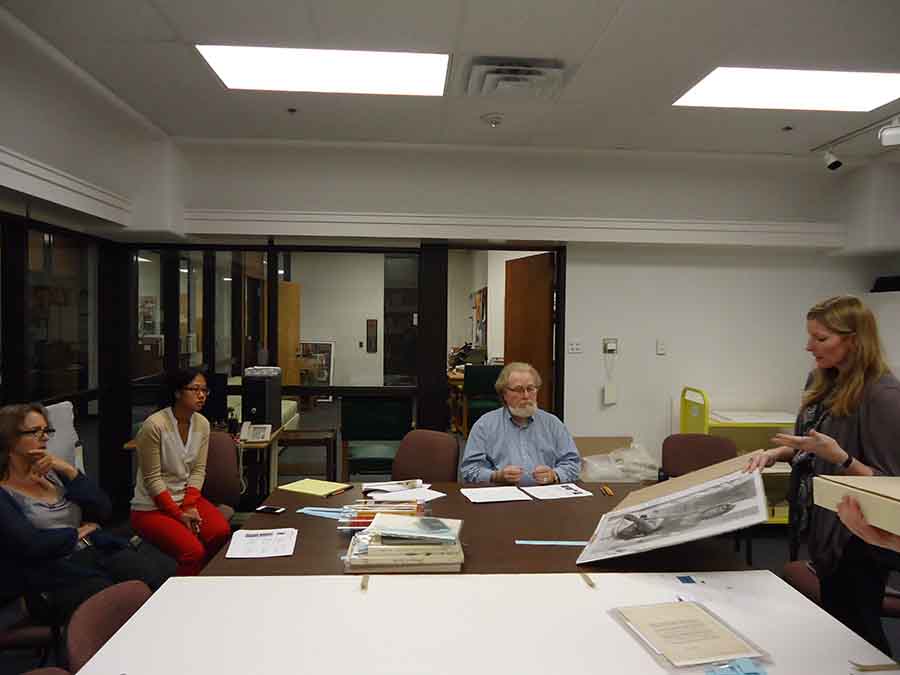
Beyond this, looking at photography more generally, we remember that when Magnum was founded, television hadn’t yet become the public’s major source of visual information, it was very difficult to find a publisher willing to publish a photobook, and only a handful of museums in Europe and North America were exhibiting photographs. My hope is that this exhibition presents an opportunity to examine the ways in which Magnum has responded to these changes and has often been at the forefront of these developments.
How have you selected work for the exhibition from Magnum’s vast collection housed at the Ransom Center?
The collection is primarily made up of the press prints that were in use as part of the New York office’s everyday operations up until it became much more efficient to circulate the images digitally. So it was a working print library, not an intentional catalogue of every photograph ever made by a Magnum photographer. It is an intriguing record, then, of how Magnum worked, which images Magnum printed for distribution, which images were in demand, and often where those prints were published. In practical terms, this means that our selection was determined by what we found in the collection rather than any predetermined idea of what a Magnum exhibition should include. We wanted to focus on picture stories rather than individual images, so step one was carefully sifting through the collection to see which stories we could represent well with the prints we have. We were looking for surprises.
We wanted to focus on picture stories rather than individual images
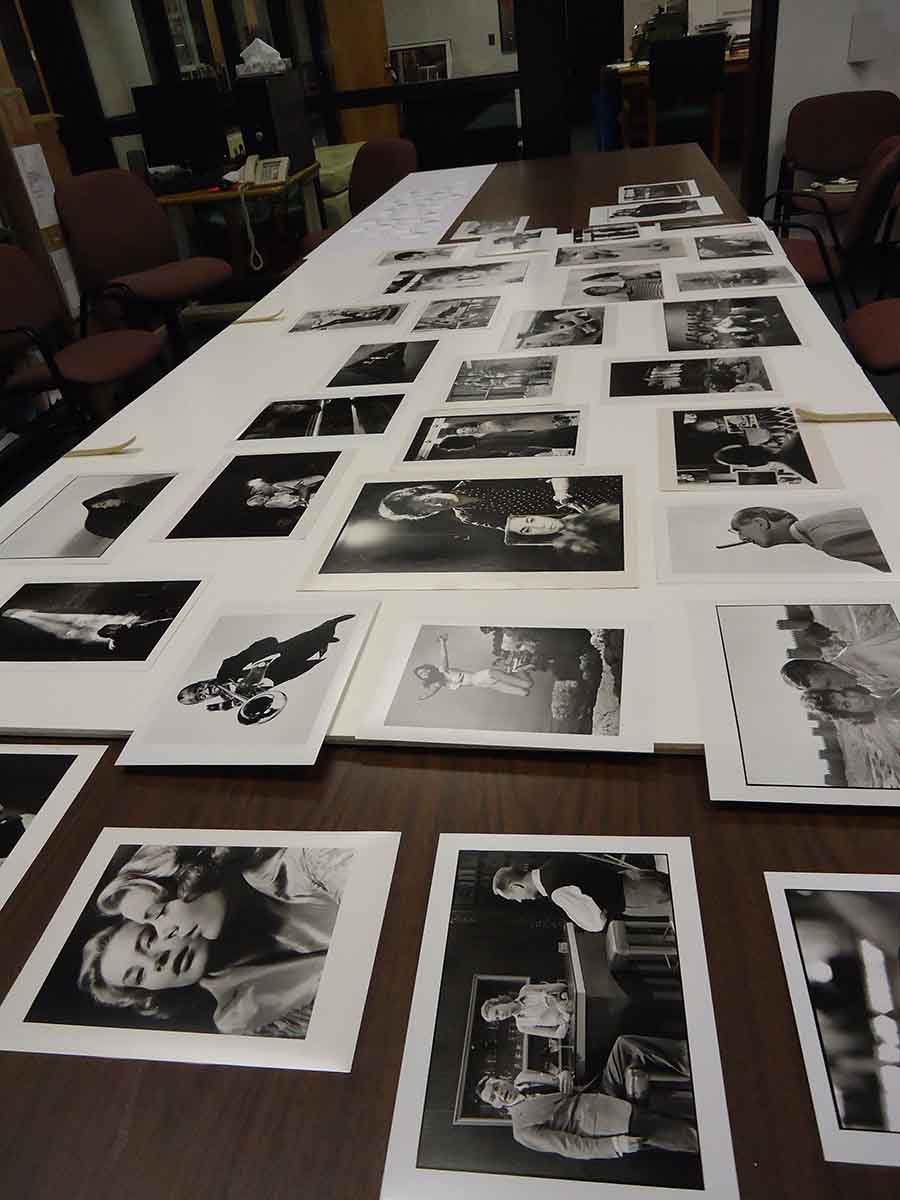
This process took months, as you can imagine, and we did find some fantastic surprises. Many were photographs that we just hadn’t seen before, giving us insight into aspects of the agency or a particular photographer’s scope. Others were revealing of the personalities of the photographers. One of the most exciting finds was a large group of Henri Cartier-Bresson photographs from a trip to China in 1958 that seem to have been originally printed for a book that was never published. Each print is titled and annotated in pencil in Cartier-Bresson’s hand, and on the back of one print, he wrote “Oh la la!” with an arrow pointing to a very severe red stamp threatening a fine for the publisher that cropped or failed to properly credit a Magnum photograph. We’ll include a group of these prints, including the one with the great inscription.
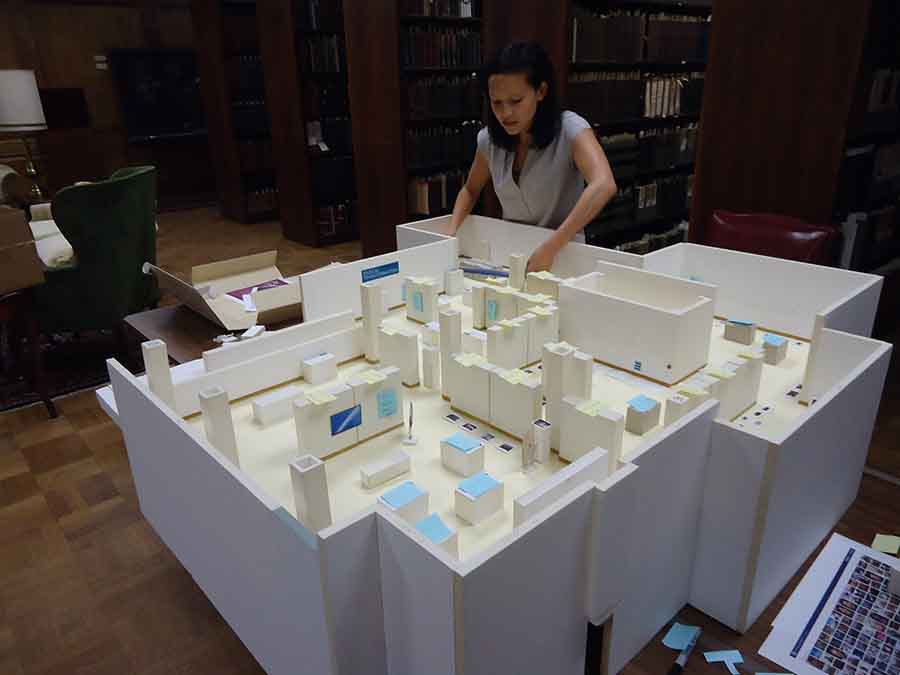
How do you see the symposium and exhibition working together?
They are definitely meant to map onto one another. By that I mean that the general questions raised in the exhibition will be elaborated by the Magnum members, but with a focus on how the field is still shifting, and how they continue to innovate. And of course all of this will be capped by a discussion of the future of Magnum, which will, I’m sure, suggest a number of avenues not followed within the exhibition.
The list of participants in the Oct. 25 – 27th symposium is unbelievable, incredible. Do you have any anecdotes you can share about how the panel came together?
For many of the photographers, a rigorous travel schedule and the ability to fly off at a moment’s notice characterize their work, so it has been an interesting challenge to put together an event that starts on a Friday with people who aren’t necessarily sure what country they’ll be in earlier that week.
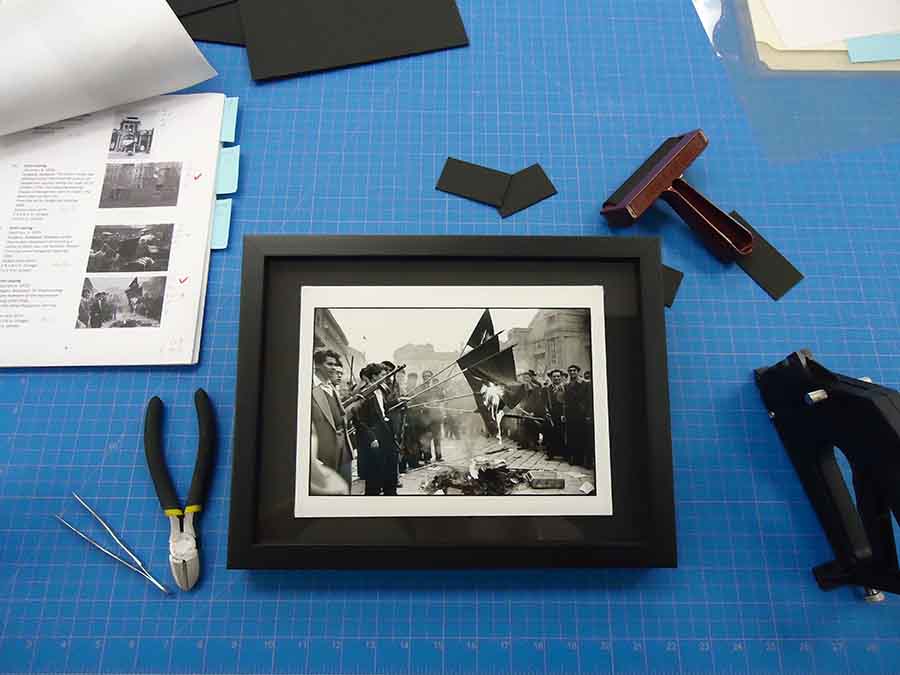
Who do you envision the audience to be at the symposium?
One of the reasons the Magnum print collection is such a great fit for the Ransom Center is that it is relevant to so many fields of study—not just photography, but visual culture, history, political science, media studies, publishing, and many others, so I think the symposium will appeal to a very wide audience. Right here on the UT campus there is great interest from students and faculty in variety of departments, and I am starting to feel the energy from the local Austin photography community, which seems really excited that we’re bringing such well-known photographers to town. The word has gone out to a very active contingent of people interested in photography in Houston, and several colleagues from museums, research centers, and universities around the U.S. and Canada are planning to attend as well.
I am starting to feel the energy from the local Austin photography community, which seems really excited that we’re bringing such well-known photographers to town
What are they likely to discover during the 3-day event?
While the exhibition traces the agency’s evolution over the last 65 years or so, the symposium will allow individual members to show and explain how their own work has evolved along with these changes in the field. Magnum is well known, somewhat paradoxically, as a collective of resolutely independent people with very strong opinions and ideas, and this will be a fantastic forum for bringing some of those forward into a larger discussion.
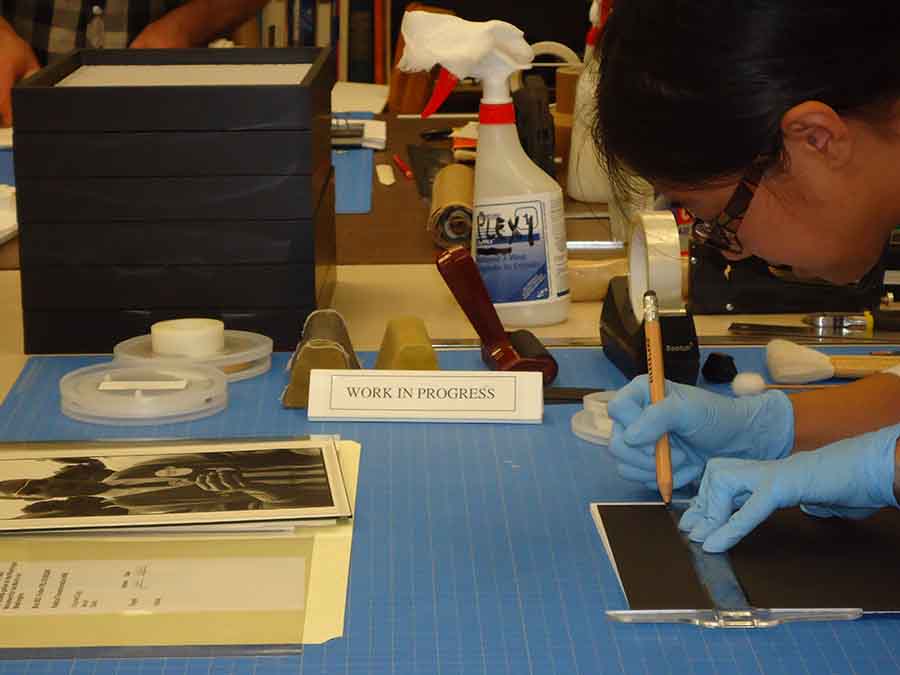
What are you personally most excited about in relation to Radical Transformation:
Magnum Photos into the Digital Age?
I’m really excited about the number and variety of events that we’ve been able to put together around the exhibition, and the energy I hope they all work to create around photography at the Ransom Center. Sometimes I joke that this fall will be all Magnum, all the time. Beyond the symposium, we have organized a Magnum film series, and have partnered with other departments on campus to sponsor lectures by Alec Soth and Jim Goldberg. I also really want to highlight a whole separate exhibition we’ve organized to coincide with the symposium, which will feature photographs by Eli Reed, our very own Magnum photographer here at UT. There are so many reasons to come to the Ransom Center this fall, and I just can’t wait until it all gets started.
 Elizabeth Chiles is an artist, a professor of art theory at UT Austin and heads the photography area at Southwestern University. She most recently showed her work at the Harry Ransom Center and at The Contemporary, Austin. This fall she will be included in the Talent in Texas exhibition at Houston Center for Photography / Fotofest. Elizabeth was formerly Associate Director at Fraenkel Gallery, and is currently on the Board of Trustees of Austin Center for Photography and a founding member of the collective, Lakes Were Rivers.
Elizabeth Chiles is an artist, a professor of art theory at UT Austin and heads the photography area at Southwestern University. She most recently showed her work at the Harry Ransom Center and at The Contemporary, Austin. This fall she will be included in the Talent in Texas exhibition at Houston Center for Photography / Fotofest. Elizabeth was formerly Associate Director at Fraenkel Gallery, and is currently on the Board of Trustees of Austin Center for Photography and a founding member of the collective, Lakes Were Rivers.



